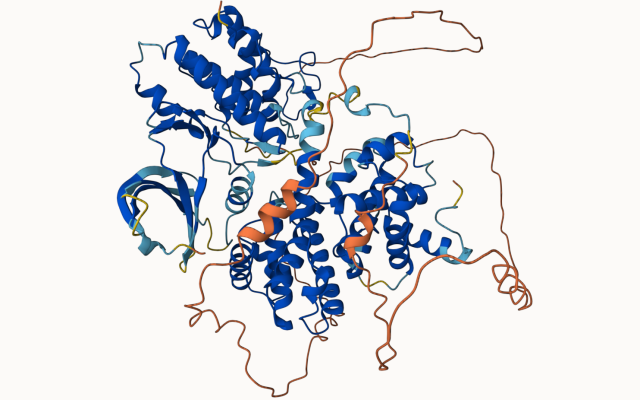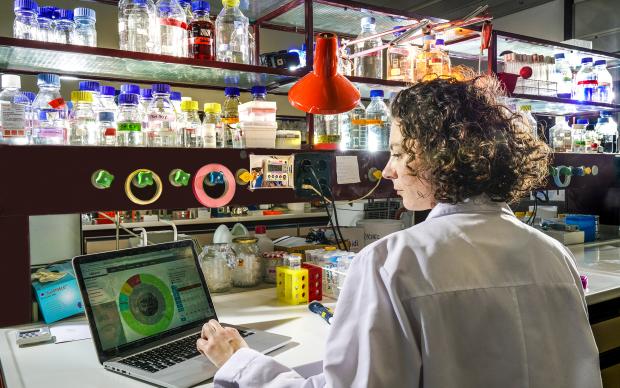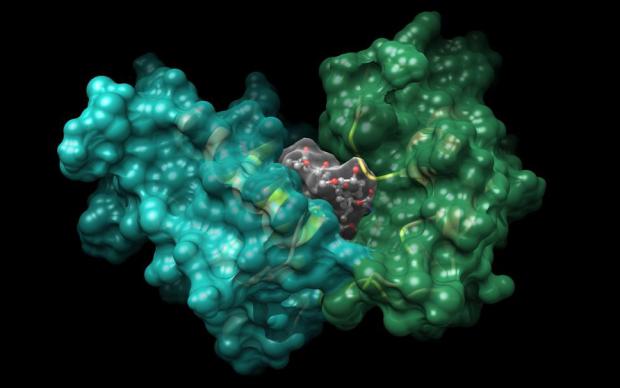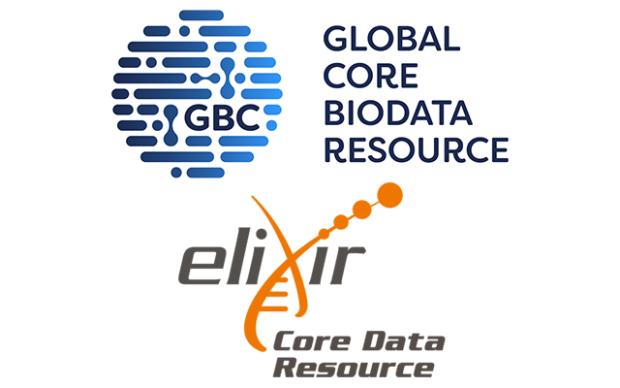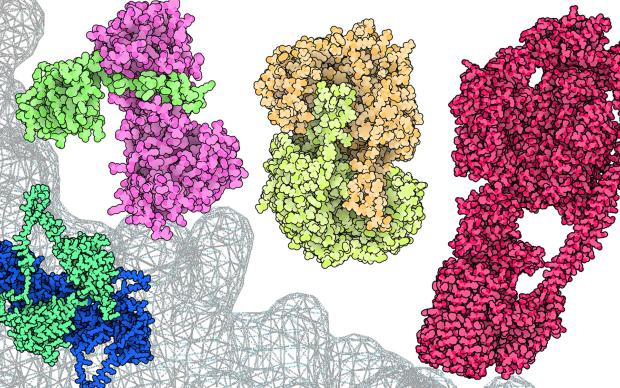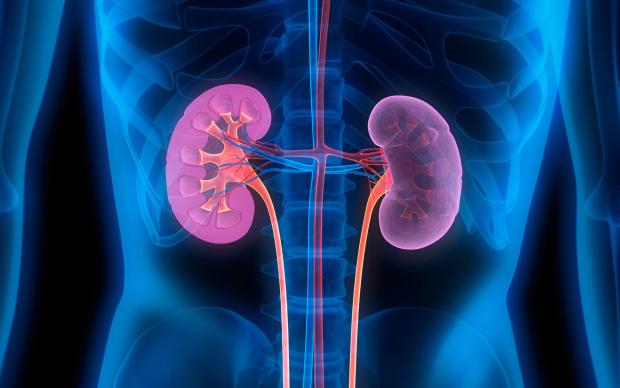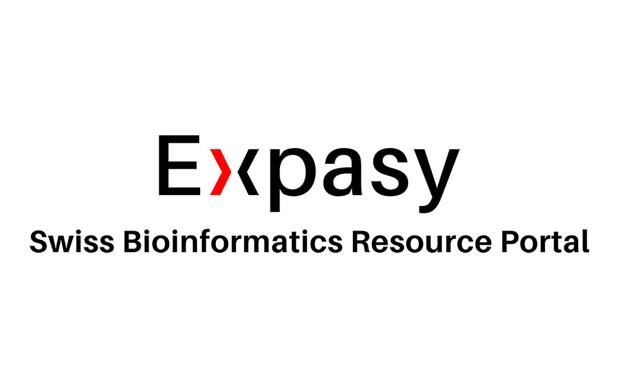Several additional data resources developed at SIB have recently been recognized as crucial to the international life science community. On the European level, SWISS-MODEL and ModelArchive have been selected as ELIXIR Core Data Resource and ELIXIR Deposition Database respectively. Both resources are essential for structural biology research and developed by the SIB Group of Torsten Schwede at the University of Basel. On this occasion, we asked the group’s Team Lead Software Development Gerardo Tauriello to shed light on how these resources were developed and went on to achieve their success.
Proteins are vital for a vast range of functions in all living things, such as acting as enzymes to mediate digestion or degrade pollutants, as chemical messengers in the immune system, or as hormones. Their function is tightly related to their 3D structures, which is what SWISS-MODEL and ModelArchive help scientists investigate.
Can you briefly describe SWISS-MODEL and ModelArchive?
SWISS-MODEL aims to make protein modelling accessible to all life science researchers worldwide. Its repository contains regularly updated protein structures generated from SWISS-MODEL's automated pipeline and provides access to experimental structures from the Protein Data Bank (PDB), and computational models from AlphaFold and ModelArchive. ModelArchive indeed acts as a repository in which computationally determined molecular structures can be deposited. This includes models of proteins as well as RNA, DNA, carbohydrates and related small molecules.
Read more about the open software and databases developed at SIB
What research challenge or questions can they help to answer?
SWISS-MODEL and ModelArchive serve as precious sources of computationally determined structures of proteins, especially when experimentally determined structures are missing. This can be applied for instance in drug discovery or to reveal the effects of variations in protein sequences as both are tightly related to their 3D conformation.
In addition, as SWISS-MODEL utilizes known structures of similar proteins as guides to predict protein structures, it can provide models in specific 3D configurations – aiding in the study of protein function – and in interaction with other molecules. It thus advantageously complements and offers distinct advantages to recent Deep Learning-based methods.
Do you have a particularly exciting example of an application of the resources?
In a recent case, models generated with SWISS-MODEL were used to experimentally investigate two antibodies found in human survivors of Ebola virus as a potential therapy. In another example, structures retrieved from the SWISS-MODEL repository were used to computationally predict which variants of proteins may cause disease.
Recent work which generated computational structures of proteins in eukaryotic cells that assemble to form complexes were deposited in ModelArchive for widespread community access. The complexes in this case provided insights into the biological function of proteins involved in various key biological processes from DNA repair and cell division to metabolism.
How did these resources get to where they are now?
Both resources have a long history leading to their recent recognition at the European level. SWISS-MODEL was launched 30 years ago and thanks to its user-friendly design and efficiently implemented algorithms, it is now one of the most widely used web-based protein modelling systems for research and teaching worldwide.
ModelArchive was created 10 years ago, and since then there has been an increased availability of high-quality in silico models, and more so with artificial intelligence powered methods such as AlphaFold which was released in 2021. This, in combination with the development of guidelines for storing predicted structures, has resulted in a substantial growth of ModelArchive which now contains more than half a million models.
What is it about being at SIB that enabled their success?
SIB’s support is crucial for the long-term stability and reliability of these open resources. SIB provides the opportunity to employ highly skilled and experienced staff on long term contracts, increasing the technical knowledge that can be retained within our group. Being included in the SIB Resources has garnered a high level of trust for SWISS-MODEL and ModelArchive, which is reflected in their usage, impact within the life science community and this recent Europe-wide recognition by ELIXIR. Being part of SIB’s Swiss-wide network also facilitates collaboration with other SIB Groups which is extremely helpful in leveraging the breadth of knowledge available in the community. These factors also have contributed to ModelArchive being awarded a grant to extend principles of open research data.
Find out more about how SIB professionally supports resources for long term sustainability
Reference(s)
Banner image: Protein complex structure stored in ModelArchive from a recent study


